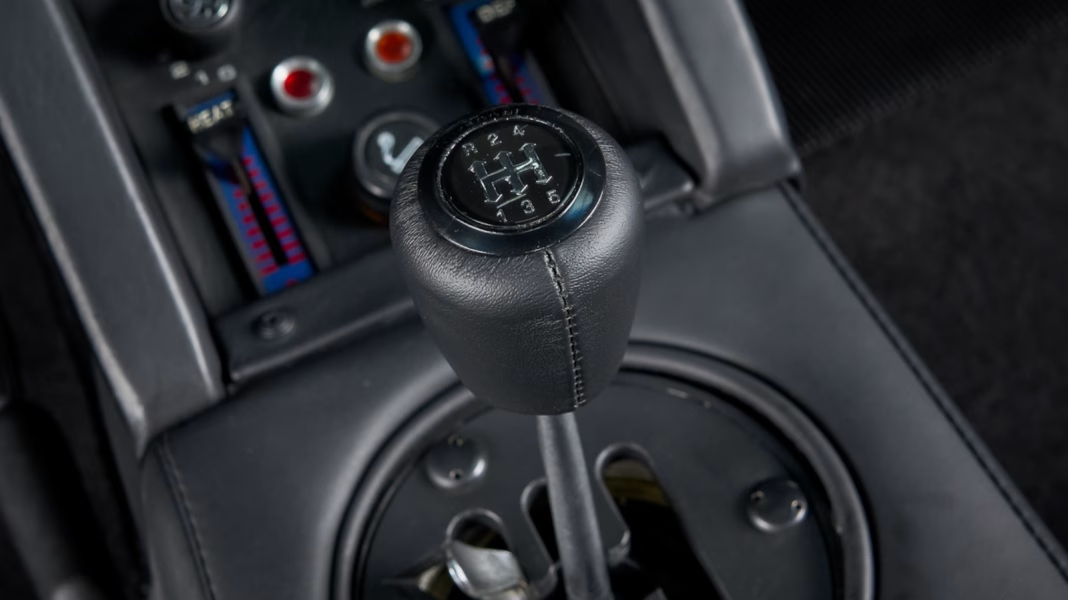Why Are High-Performance Transmissions Called Dog Boxes?
If you’ve ever heard a gearhead rave about a “dog box” transmission, you might have wondered where that odd name comes from. It’s not about canines running around under the hood, but the story behind the term is surprisingly quirky. The name actually comes from the internal components called “dog teeth” or “dog rings,” which are small, robust protrusions that lock gears together. Unlike the smoother, more forgiving synchros in your average commuter car, these dog rings are all about speed and strength. The result? Lightning-fast shifts, but with a bit more drama and noise.
What Makes a Dog Box Transmission Different From a Regular Gearbox?
Let’s break it down. Most street cars use a synchromesh transmission, which relies on synchronizers to match gear speeds and make shifting smooth and easy. Dog box transmissions, on the other hand, ditch the synchros entirely. Instead, they use those dog rings to engage gears directly. This means shifts are much faster—no waiting for the gears to match speeds. You can even shift without the clutch if you know what you’re doing.
But there’s a tradeoff. Dog boxes are notoriously loud and not exactly forgiving if you miss a shift. They’re designed for performance, not comfort. That’s why you’ll find them in race cars, rally machines, and some of the most exotic supercars ever built, but rarely in your neighbor’s minivan.
Why Do High-End Cars Use Dog Boxes Despite the Noise?
It all comes down to performance. In racing, every millisecond counts. Dog box transmissions allow drivers to slam through gears with minimal delay, giving them a crucial edge on the track. According to a 2022 study by Motorsport Engineering, dog box-equipped cars can shave up to 0.2 seconds off each shift compared to traditional synchro gearboxes. Over the course of a race, that’s the difference between a podium finish and an also-ran.
Manufacturers like Porsche and Ferrari have used dog box setups in their most hardcore models, prioritizing raw speed over daily drivability. Even though these transmissions can be jarring and noisy, the performance gains are simply too good to pass up for serious drivers.
Are Dog Boxes Practical for Everyday Driving?
Here’s the honest truth: dog boxes aren’t for everyone. They’re loud, require a firm hand, and can be downright cranky in stop-and-go traffic. If you’re looking for a smooth, quiet ride to the grocery store, stick with a traditional synchromesh transmission.
But for enthusiasts who crave a visceral driving experience, the dog box offers something special. There’s a directness and mechanical feel that’s hard to match. Every shift feels like a small victory, a reminder that you’re piloting something built for speed, not comfort.
What Should You Know Before Upgrading to a Dog Box?
Thinking about making the switch? It’s important to weigh the pros and cons. Dog boxes require more frequent maintenance, and improper shifting can lead to expensive repairs. They’re also not legal for road use in some areas, so check your local regulations before making the leap.
On the flip side, if you’re building a track car or want to experience the thrill of race-inspired engineering, a dog box could be the upgrade that transforms your driving. Just be prepared for a steeper learning curve—and maybe a few odd looks from passengers.
The Big Takeaway
Dog box transmissions aren’t about perfection—they’re about smarter adjustments. Start with one change this week, and you’ll likely spot the difference by month’s end. Whether you’re chasing lap times or just want to feel more connected to your car, understanding the quirks and benefits of a dog box can help you decide if it’s the right fit for your driving style. And hey, now you know: the name might be silly, but the performance is anything but.


